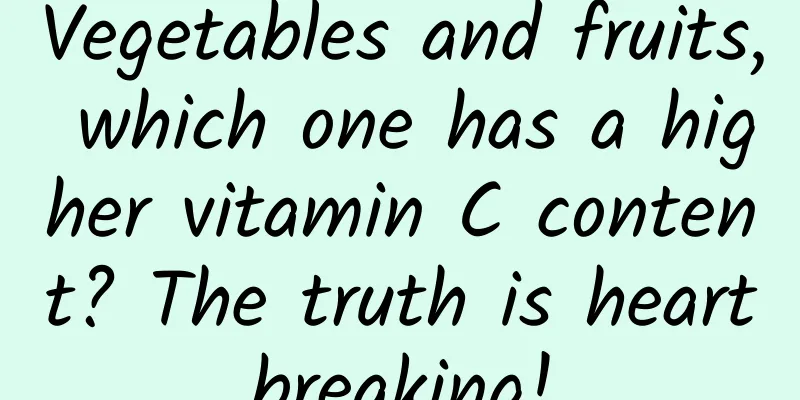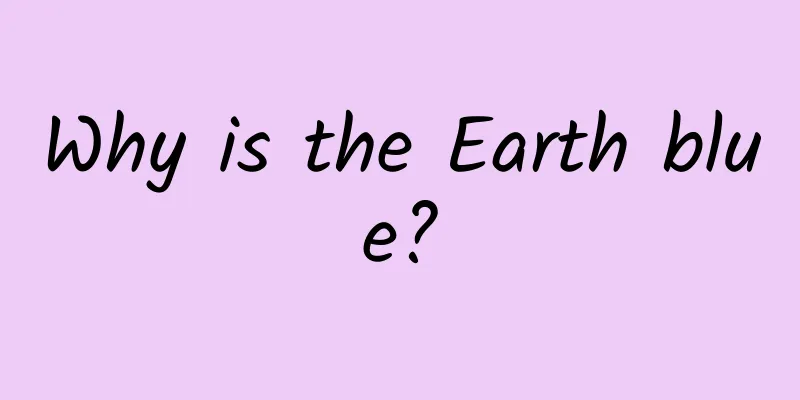Vegetables and fruits, which one has a higher vitamin C content? The truth is heartbreaking!

|
gossip: The vitamin C content of fruits is higher than that of vegetables. the truth: When it comes to foods containing vitamin C, some people first think of fresh fruits such as oranges, strawberries, and kiwis. So does the vitamin C content of fruits have to be higher than that of vegetables? In fact, the vitamin C content of vegetables, like that of fruits, also varies. Some vegetables even contain more vitamin C than fruits. Tuchong Creative vegetable-- Sweet peppers and colored peppers: They are rich in vitamin C, with the vitamin C content of sweet peppers and colored peppers reaching 130 mg/100 g and 104 mg/100 g respectively, which means that eating 100 g of sweet peppers or colored peppers can meet 130% and 104% of an average adult's daily vitamin C needs. Both can be eaten raw, with a sweet taste and better nutritional retention, avoiding the loss of vitamin C during cooking. Chinese cabbage: The vitamin C content of Chinese cabbage is quite good among green leafy vegetables, which is 64 mg/100 g. Try to choose low-temperature cooking, such as stir-frying over high heat, Chinese cabbage soup, or blanching it in boiling water and then serving it cold, so that more vitamin C can be retained. Kale: This vegetable looks good and is mostly found in flower beds. It contains 63 mg/100 g of vitamin C. It is also rich in beta-carotene, which can be converted into vitamin A in the body and is good for eye health. Cherry tomatoes: Its vitamin C content is 33 mg/100 g, which is 2.4 times that of large tomatoes. Eating about 15 cherry tomatoes can almost meet 66% of the daily vitamin C needs of an average adult. And it is super convenient to eat, just wash it and eat it one at a time! Tuchong Creative fruit-- Winter jujube: The vitamin C content is quite considerable, 243 mg/100 g. Even if you only eat two or three winter jujubes, you can meet your daily vitamin C needs. However, winter jujubes are high in calories, so if you want to lose weight, don't eat too much. Kiwi: Kiwis have a sweet and sour taste and contain 62mg/100g of vitamin C. Although not as good as winter dates, eating 1-2 kiwis a day can almost meet the daily vitamin C requirement, and the price is not expensive. Strawberry: The vitamin C content of strawberry is as high as 47 mg/100 g, which is nearly twice that of grapes. Strawberry is a low-calorie, low-GI fruit, very suitable for friends who need to lose weight and control blood sugar. Orange: The vitamin C content is 53.2 mg/100 g. Eating 1 to 2 fresh oranges can meet the daily vitamin C needs of the general population. However, oranges are also rich in beta-carotene. Eating too many will turn you into a minion, but it is not harmful to your health and you will recover as long as you stop consuming them for a few days. From the above, it can be seen that the vitamin C content of sweet peppers, colored peppers, bok choy and kale among vegetables is higher than that of kiwi, strawberry, orange and other fruits of the same weight. The public can expand the range of ingredients when choosing supplements, pay attention to nutritional combinations, and scientifically understand more nutritious ingredients. |
<<: Why can't I wash off the "mud" on my neck? Doctor: This is not mud, be careful of these diseases
Recommend
Can an “anti-inflammatory diet” really improve immunity?
This is the 4274th article of Da Yi Xiao Hu Recen...
Apple closes verification channel: iOS 15.5 cannot be downgraded after upgrade
Friends in China should be very familiar with the...
The most complete! New product launch event process planning plan!
The most important thing about an event is to hav...
The "overlord" soaring into the sky: How did dinosaurs "regain life" in the blue sky?
In the fourth-grade Chinese textbook published by...
Advertising monetization: detailed explanation of advertising display forms and monetization!
With the changes in the current economic situatio...
In heavy rain, are new energy vehicles more waterproof than ordinary cars?
Audit expert: Wang Jinlu Shenzhen Lingkang Techno...
If there are no words like these on your down jacket, don’t buy it no matter how cheap it is! A very practical guide to choosing a down jacket
The weather is getting colder, and it is time to ...
Stones that can "breathe": They are as good at producing oxygen as plants
May is the season with the most suitable temperat...
Automobile digital marketing process!
In car companies, marketing and sales often fight...
New Media Operations: How to create a popular article opening?
In this era of impetuous information explosion, t...
What is the nutritional value of the cabbage that people in the north love to stock up on?
For northerners, "there is nothing better th...
AI is here, and the most panicked ones are Taobao models
After GPT4 became popular, AI became a hot word o...
They are all steamed buns, why do others cost 1 yuan while the new Chinese style steamed buns cost 8 yuan?
If you often browse Xiaohongshu, you will find th...
Top 10 Weird Psychological Characteristics of Social Networking Site Users
With the popularity of social networking sites, m...
If a child doesn’t grow tall, can a shot of injection fix it?
Mixed Knowledge Specially designed to cure confus...




![[2017 latest edition] A complete list of professional terms in the mobile Internet industry!](/upload/images/67cc2d2d82d34.webp)




